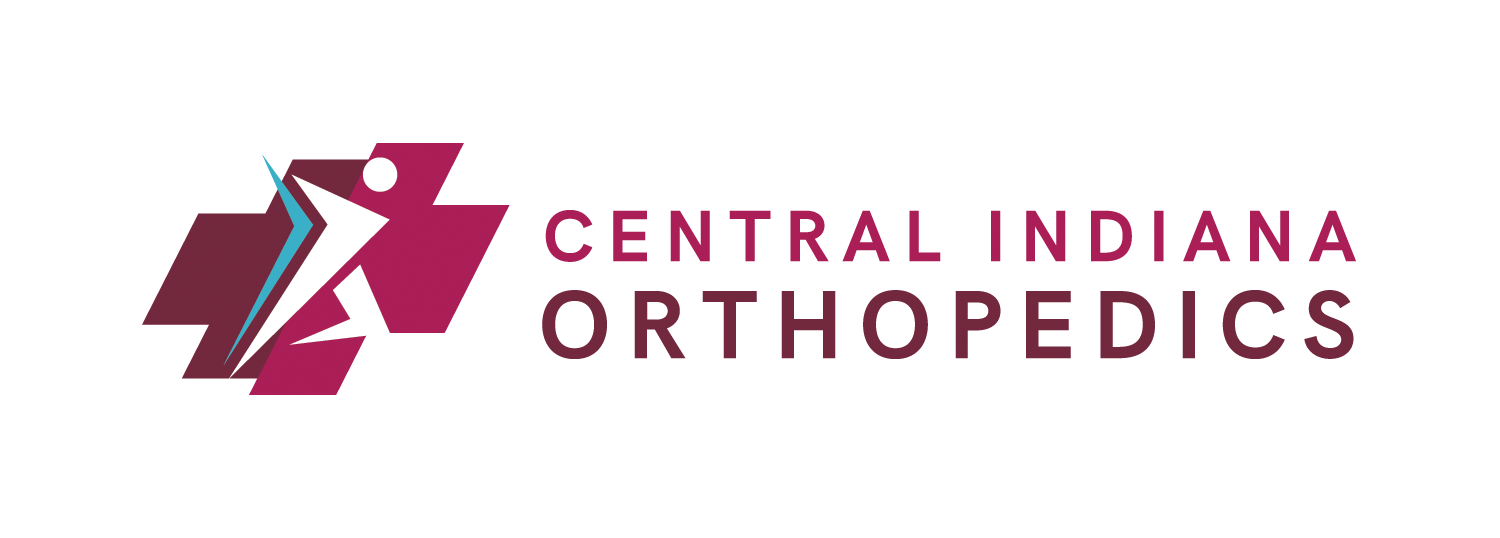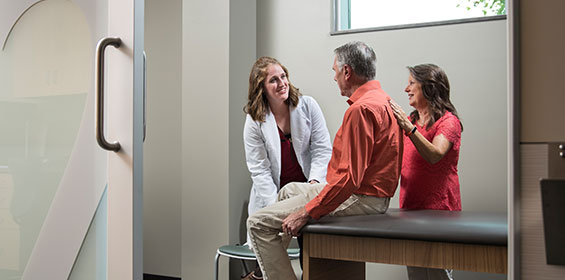May is Arthritis Awareness Month. According to the CDC, arthritis is one of the most widespread health conditions in the United States. It affects about one in four adults overall, which is over 54 million men and women. It’s important to recognize the symptoms of arthritis and understand the treatment options available so you can take control of the pain.
Arthritis is a degenerative condition of the bones and joints. Common symptoms include pain, swelling and limited movement in joints. Your joints are involved in almost every activity you do, so an arthritic joint can limit your ability to move and work.
In the beginning stages of arthritis, you may not have any symptoms, but signs of the disease may be visible on an x-ray. As the surface of the smooth cartilage covering the joint softens, the cartilage begins to lose the ability to absorb the impact of movement and is easily damaged from excess use or injury. Large sections of cartilage may wear away completely with time, causing pain and stiffness from the bones rubbing against each other. Common causes of arthritis include excessive wear on the joints and joint injuries from sports or other high-impact activities, among other causes.
Fortunately, there are several treatment options for arthritis.
Physical Activity and Physical Therapy
Perhaps the most effective strategy to relieve arthritis pain is to stay active if you can. Not only can activity, such as walking or strengthening exercises, help improve your quality of life, it can keep your muscles strong.
Incorporating physical therapy can also be helpful to keep your body moving safely and effectively. A physical therapist can provide exercises for you to perform at home or in clinic to improve mobility and strengthen muscles around the affected joints, which will ultimately aid in your recovery should you need surgery. Examples may include proper form for daily activities such as getting in and out of a chair or walking up stairs.
Conservative Treatment
Conservative treatment includes behavior modification and non-steroidal anti-inflammatory drugs (NSAIDs), such as aspirin or ibuprofen. Be sure to check with your family physician before taking any new medications for pain. Heat or cold therapy, whichever method feels best, may also provide relief to an achy joint.
Steroid Injections
Steroid injections, also called corticosteroid or cortisone injections, are anti-inflammatory medicines used to treat joint pain or arthritis, among other conditions. Steroid injections can provide temporary relief of pain and inflammation of the affected joint, with relief lasting up to several months. Essentially, a steroid injection is like a bandage for the pain and will not rid arthritis.
Joint Replacement Surgery
As a last resort, joint replacement surgery can be performed to relieve the pain. Common questions we ask our patients to know if they are ready for surgery include:
- Is joint pain affecting your ability to get a good night’s sleep?
- Does joint pain keep you from doing things you want to do?
- Are you less active because of joint pain?
- Is joint pain affecting your ability to walk up stairs, get in and out of a chair or car, etc.?
A joint replacement involves the removal of arthritic bone and damaged cartilage and then replacing those damaged components with an implant. A hip or knee can be replaced using a traditional surgical method or a surgical method using robotic technology.
Using a traditional method, the surgeon visually pinpoints the correct positioning for the implant based on images of the joint. The surgeon then cements the implant in place. Images are taken after surgery to confirm the implants are in the proper position.
A robotic-assisted joint replacement is where the surgeon operates a robot while the robot guides the surgeon’s cuts. When deemed appropriate, our board-certified orthopedic surgeons use Mako SmartRobotics™ robotic arm-assisted technology to map out a personalized surgical plan using a 3D CT-based planning software so they can know more about the patient’s anatomy to carry out a personalized joint replacement procedure. This method can be performed inpatient at a hospital or outpatient at our Fishers and Muncie outpatient surgery centers. Learn more how robotic technology works in the video below.
To learn more about Mako technology, visit ciocenter.com/mako.
If you’re suffering from pain caused by arthritis, we can help. It’s important to have an open conversation with your orthopedic surgeon to set up a personalized treatment plan and know that surgery is not the only option. To schedule an appointment with one of our joint replacement surgeons, call 800-622-6575 or visit ciocenter.com and access our Chat tool.

